Nishi Park
Contents
As spring settles over Fukuoka and the air becomes warm and rich and inviting, the people of this city look up from their nabe hotpots and hot shochu drinks and begin to enjoy the great outdoors. From riversides to surrounding mountains to the ever-present sea, Fukuoka also has its fair share of parks great and small. The first thought may be to visit Ohori Park, the vast park just outside Tenjin dominated by its deep cool lake. It’s certainly hard to deny or refute its popularity with it and its partner Maizuru Park attracting throngs of people most weekends.
But if you tire of the vast busyness of Ohori then you, the more discerning parkgoer, would do well to put on your walking shoes, charge up your smartphones and jump on a bus to Nishi Park, a tightly clustered pocket of natural charm and wonder between the blue waters of Ohori and the dark waves of the sea. Nishi Park dates back to the Meiji era but some parts of it are even older, which we will come to a little bit later. I was lucky enough to visit Nishi Park in the ripe fullness of the cherry blossom season and the park wears its fluttery pink dress with much elan. There are over three thousand trees in Nishi Park but you needn’t wait until these few precious weeks in spring to enjoy yourself. Nishi Park is one of those rare outdoor joys in that can be enjoyed in any season and almost any weather. Even in the fullness of spring there are verdant greens, russet browns, peeking ochres and bold siennas. Leaves slide and crunch underfoot as you follow the meandering paths, rising up to a secret square or rolling down around a deep dell. All the while your eyes are drawn here and there to places the path you are on can’t seem to reach until you suddenly find a steep and narrow stairway under a leafy canopy. The whole park rises slightly above the city as if, long ago, the tide of the growing city swept around and enveloped it.
You can enter the park either by one of the smaller entrances on the western and northeastern sides or the much larger and grander entrance to the south, walking in a straight line from Meiji-dori and the entrance to Ohori Park. Let’s enter from the northwest, having taken the W1 bus from Tenjin. Within a few metres, the park has surrounded us and is taking us on a rising path that turns sharply left between tall thin trees. Birds tweet overhead and the hum of traffic falls softly behind the rustle of the branches above and around us. We see mysterious dells dive below as we follow the path going up to the central observation area; unless your curiosity turns you aside.

Soon we emerge under the sky into the central observation area. Under a sculpture of a wooden ship is a small sward of green for picnics, and beyond is a wide observation deck which looks north over the sea, to nearby Hakata Tower and its port, then further to the heights of Kashiihama and to the ever-present distant mountains. Over the waters are Uminonakamichi and Nokonoshima. Above your head is the occasional jet going to Fukuoka Airport, also making this an ideal place for planespotting.
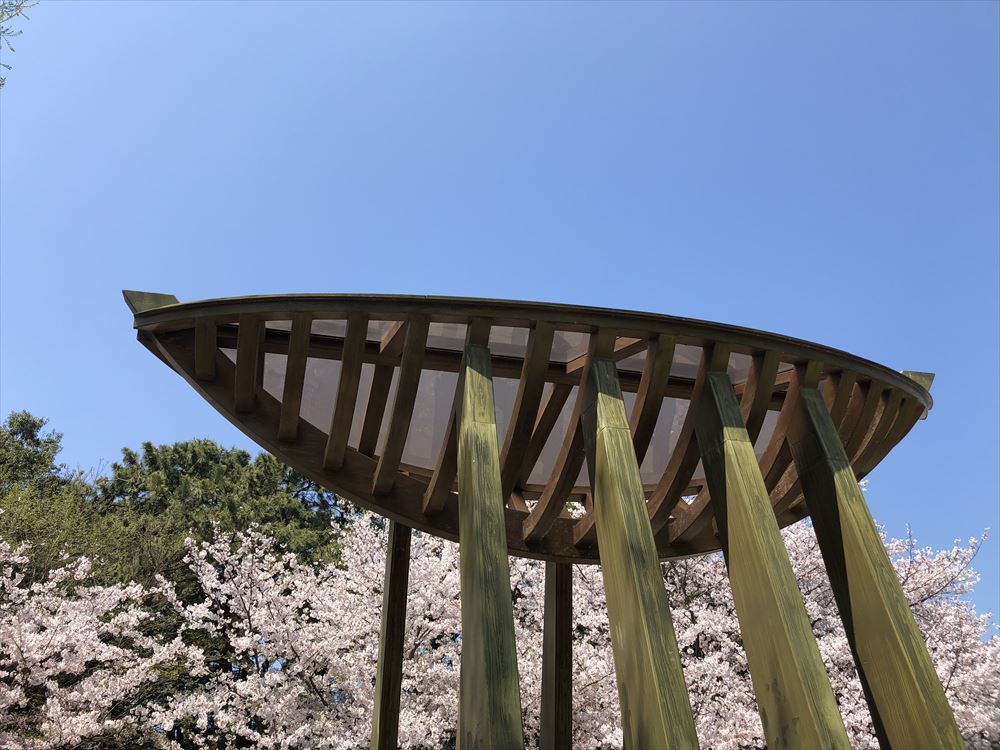
If you didn’t bring a picnic, there is plenty of refreshment in the form of hamburgers, hot dogs, cold drinks and ice cream. You could spend a little time here just enjoying the view under the vast sky since Fukuoka city doesn’t have much in the way of natural high points. Not far from the central observation area is a square hemmed in by the tall trees with benches, a shelter with a gorgeous ceiling and two tall stone stele, monolithic and mysterious.
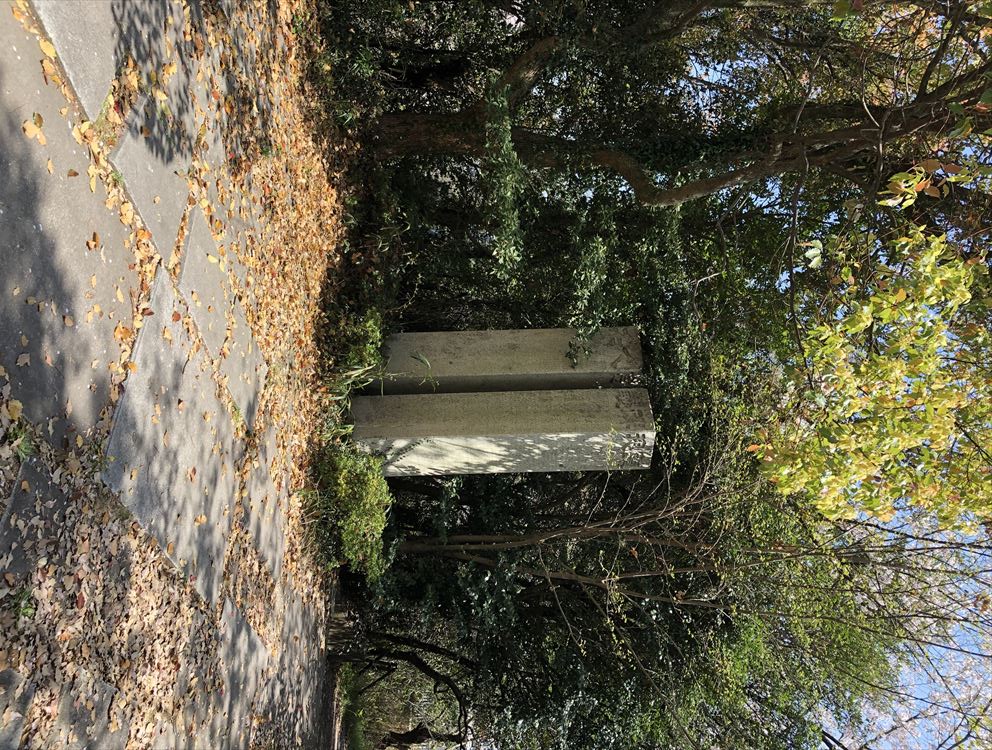
Should your feet continue to walk south through the centre of the park then you’ll begin to climb up broad paths and steps, into the brightest and oldest parts of the park. As you ascend, monuments will appear and at the top is a small round area with more historical markers alluding to the deeper history of the park – a single finger of stone and very curious pile of pebbles in the undergrowth. The sky is nearer here and the hush is fuller, as if the years of history have reached down from above to kiss this city peak.
From here the paths diverge and you can go either towards the eastern observation area, which has a group of picnic tables under an broad wooden pergola as well as more scenic photo opportunities, or bear towards the Terumo shrine; for many local citizens it is the symbol of Nishi Park. Built in honour of the first feudal lord of Fukuoka and its domain, Terumo shrine sits behind a high white wall and a vast stone gate. Its entrance opens out and then down a very broad stairway, descending back to the level of the city below over hundreds of steps. Here is the approach from Ohori Park mentioned above and has a grand magnificence in contrast to the quiet and rustic approach we took from the west. Before passing through the stone gate to the shrine, look down the grand staircase from your lofty position for year-round photo opportunities. Then turn back and pass under the forbidding stone gate. The shrine sits at the back of a small forecourt, up stone steps and welcoming you to its bright columns.
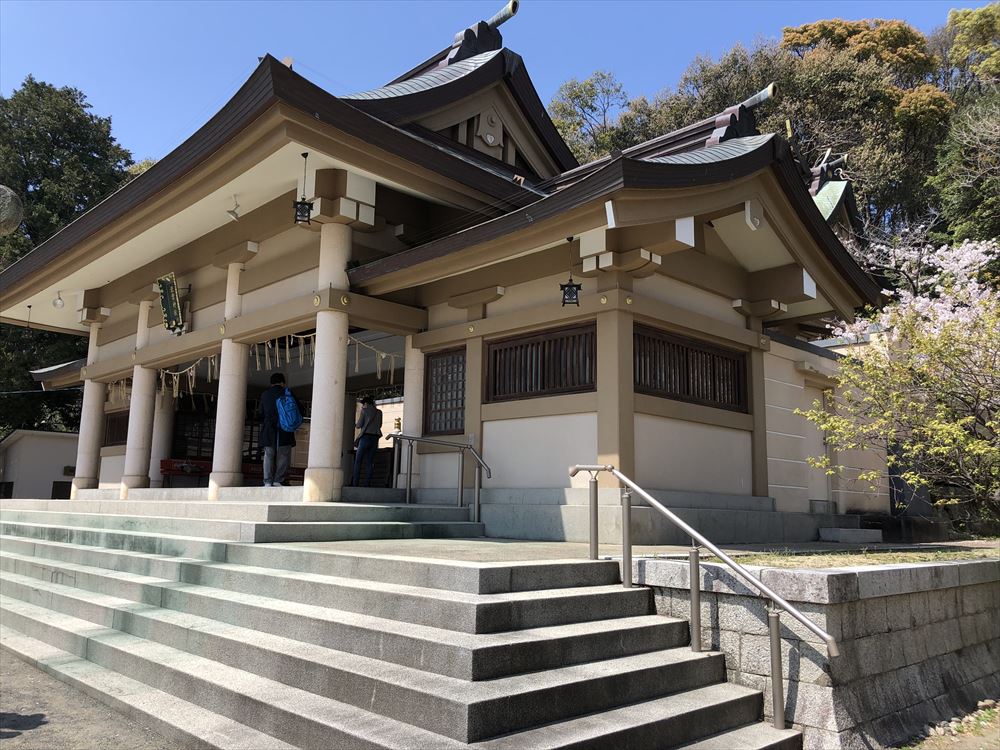
To the right is a green-roofed white tower and even further right your eye may be caught by a small red torii gate. This is the start of something that must not be missed on your visit to Nishi Park, and of all experiences you will have today the most evocative. Walk through the first gate and you enter a sort of tunnel of red gates such as those you may have seen in photos of well-known scenes of Japan before. Slowly continue through this tunnel as it narrows and cuts into the rock at the side of the white tower. Do not be put off by how close the air gets as soon you’ll find yourself, overhung by stone and foliage and hidden from view, in a silent alley of tiny ramshackle shrines. They lean and tilt, rise and fall over steps and round corners. Follow the red handrail as far as your nerve holds down this street of the houses of spirits.
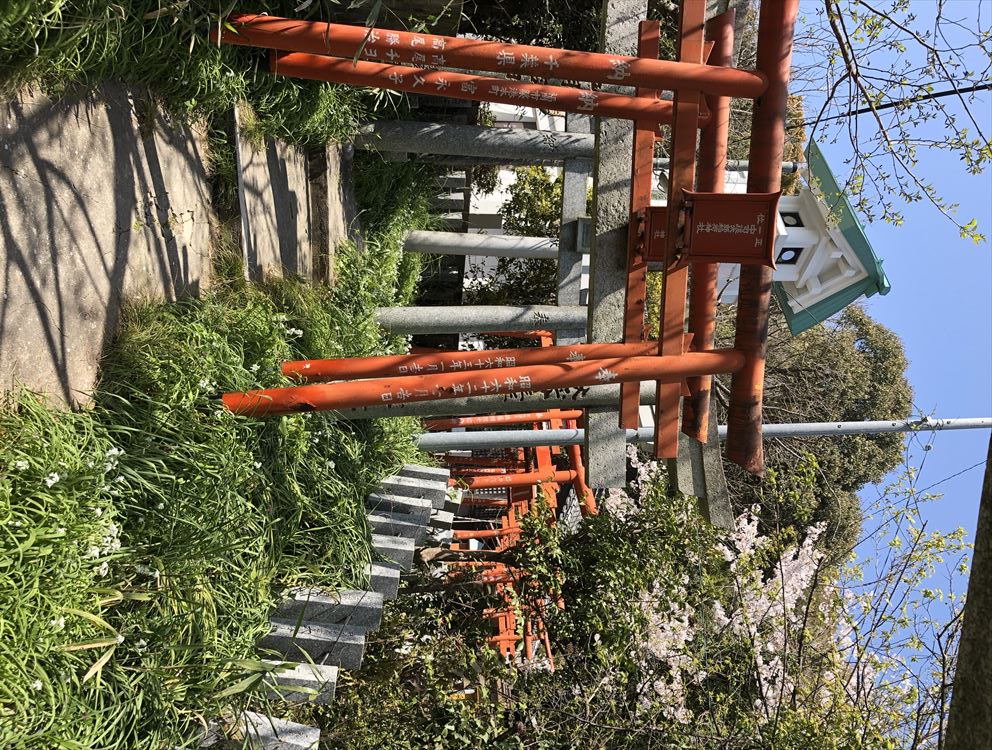
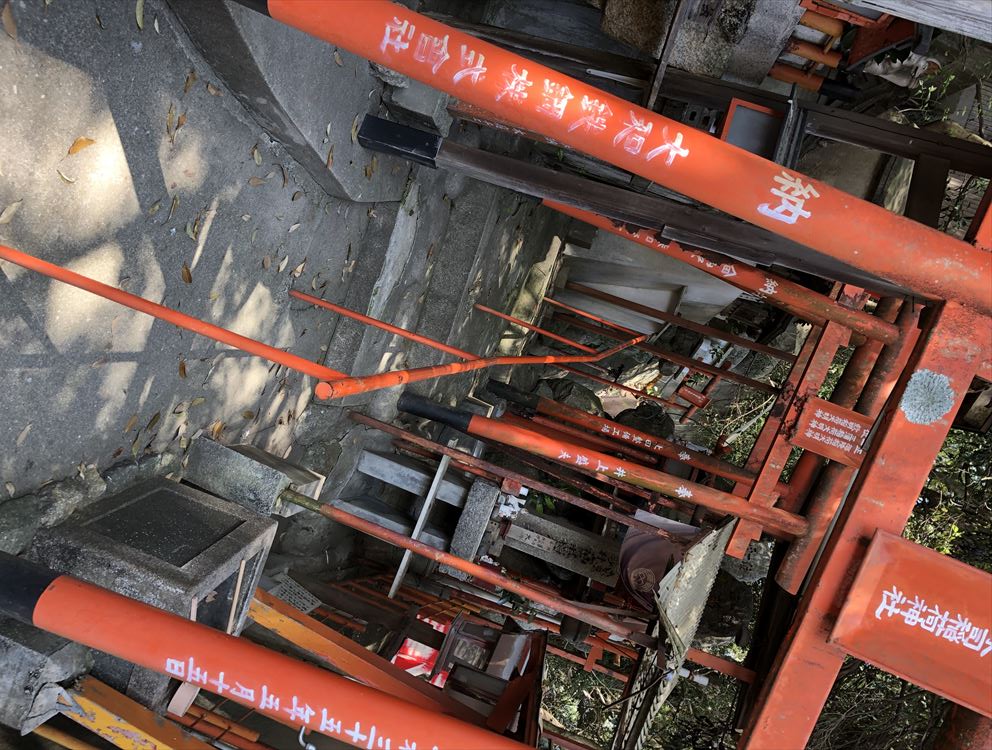
If, having emerged back into the world of the living, your legs are not too fatigued, then Nishi Park also has corners of tree groves to enjoy the autumn leaves, the cherry blossoms and the azaleas in their respective seasons. For those visitors with little ones, playgrounds can also be found in the park. There is also plenty of parking for drivers.
Ohori Park is air and water. Nishi Park is earth and stone. We in Fukuoka are blessed to have two such parks not only the same city but little more than a stone’s throw away from each other between the Dome and the centre of the city. Pushed to recommend one or the other, I’d have to choose Nishi Park over Ohori Park because of its variety and richness. Nishi Park bears a quiet intensity and an ancient splendour.
Nishi Park
| Homepage |
|---|
| https://www.nishikouen.jp/ |
| Place |
| Fukuokakenfukuokashi Chūō-ku Nishikōen 13 |
| Tel |
| 092-741-2004 |
| Open |
| 24 hours a day every day |
Written by Roger Ferrari
